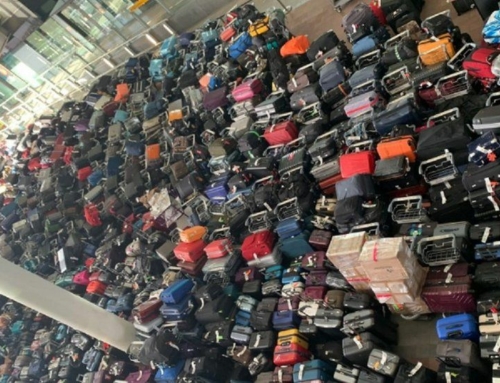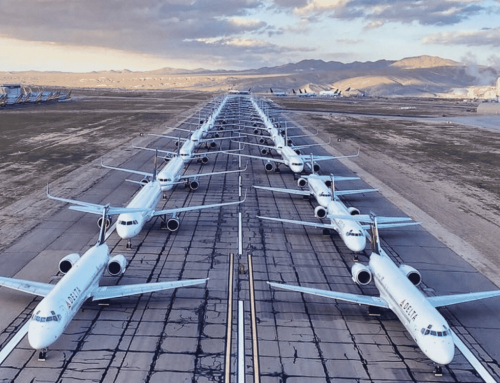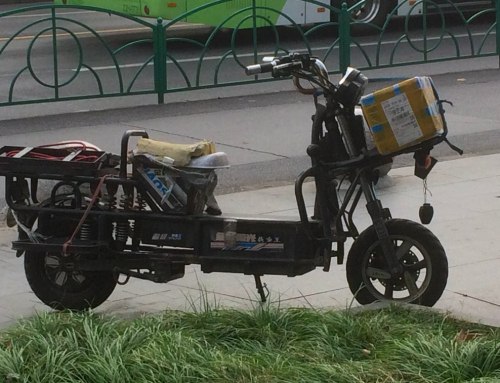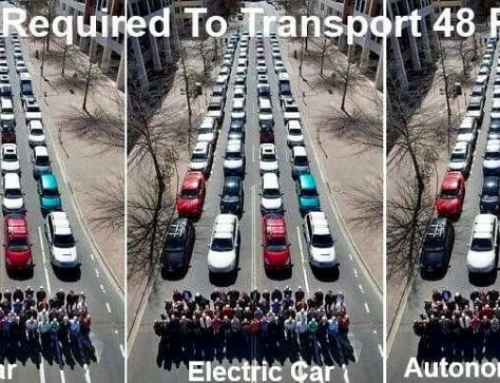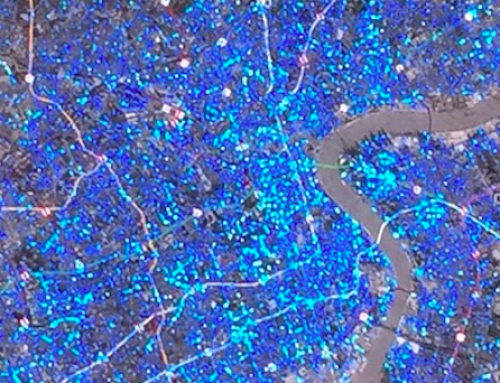I chose a bad place to read George Monbiot’s new book Heat – the transit lounge of Bangkok’s new Suvarnabhumi Airport.
I already knew that flying is an indefensible way to travel because of its contribution to global warming. But I’ve comforted myself over the years with the idea that what environmentalists call a ‘soft landing’ could be achieved if people like me cut down our flights a wee bit every year.
‘Heat’ destroys my alibi. Long-haul flights produce 110 grams of carbon dioxide per passenger kilometre. According to Monbiot’s numbers, a single passenger flying to New York and back produces roughly 1.2 tonnes of carbon dioxide. This is about the same as each of us will be entitled to emit in a whole year once a 90 per cent cut in emissions is made.
Monbiot says that a 90 per cent cut is needed by 2030 if the biosphere is to remain habitable for you and me. He arrives at this sobering figure as follows: By 2030, the total capacity of the biosphere to absorb carbon – its carbon sink – will be reduced from today’s 4 billion tonnes, to 2.7 billion. By then, world population is likely to be 8.2 billion. By dividing the total carbon sink by the number of people, and spreading the load equally, Monbiot arrives at an average cut in the rich countries of 90 percent per person.
In the case of my flying behaviour, it’s probably more than that. A single passenger going from the UK to Beijing and back in business class, as I am doing, emits probably four times as much carbon dioxide as someone going to New York and back in coach. I am probably using up four years’ of my personal carbon allowance in 2030 within one single week.
And that’s just if I count my time in the air. Sitting still, reading Monbiot’s book, was also wasteful. Suvarnabhumi is a vast forest of concrete pillars and structural decks. Outside, endless acres of concrete apron spread into the far distance. It all looked very nice and modern until I read, in Chapter 10 of Heat, that the manufacture of cement emits a ton of carbon dioxide for each ton actually made and used.
I don’t know how many million tons of the stuff were used in Bangkok’s new airport. Many. I would not be surprised if my use of that airport – for a few hours, just sitting there, on this one trip – used up another few weeks of my annual carbon ration.
A 90 per cent cut in emissions requires not only that growth in aviation stops, but that most of the planes which are flying today be grounded. We need to cut the number of flights by 87 per cent to meet Monbiot’s target.
And he is adamant that this means me, personally – not someone else, out there. ‘Writing, reading, debate and dissent, of themselves, change nothing” he concludes, pitilessly. ‘They are of value only if they inspire action. Progress now depends on the exercise of fewer opportunities. If you fly, you destroy peoples lives’.
Analysing the potential of energy efficiency, renewable resources, carbon burial, nuclear power and new transport and building systems, Monbiot unveils what works, what doesn’t, what costs the least and what needs to be done to make change happen. He argues that answers are available and hope is not lost.
I am still in Beijing as I write this. It is going to be a long walk home.
